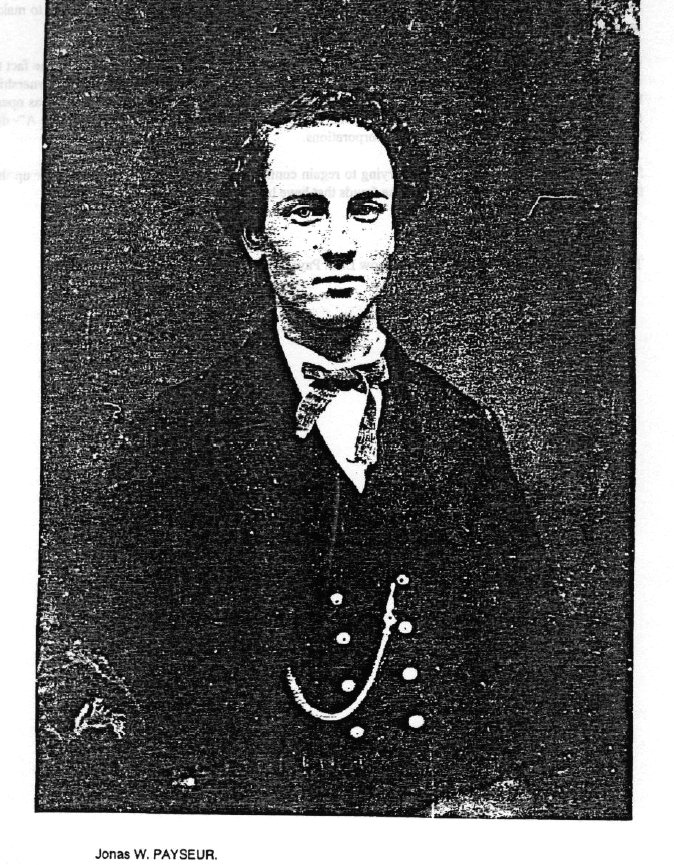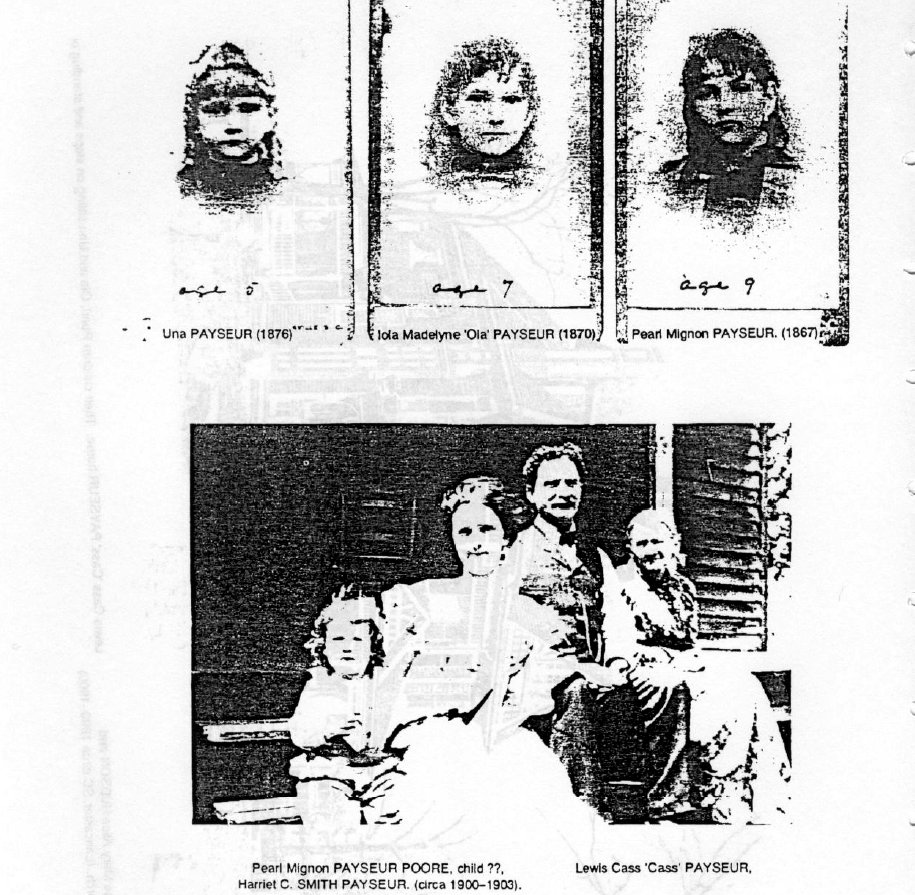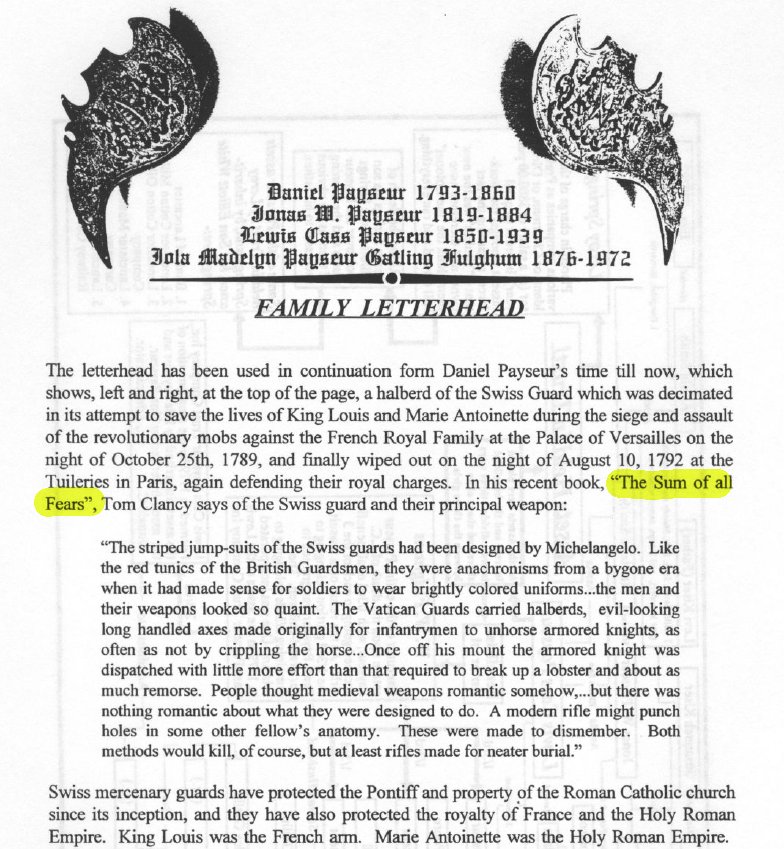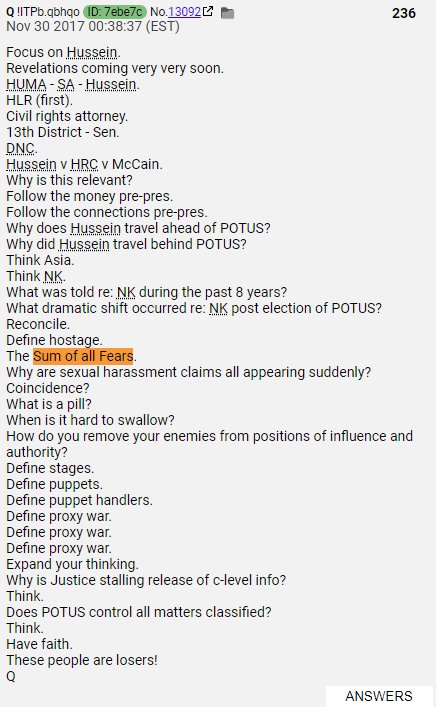" Abdul Aziz (1746-1822), son of Shah Waliullah, converted his father’s jihãd against the Marathas into a jihãd against the British as latter were on the rise post-1761 defeat of Marathas. 1/21
In the process, the British were to be driven out of India by means of a jihãd.
7/21
The scattered remnants of the Wahabis fought a few more skirmishes with the Sikhs. But they also met with no success. 17/21
20/21
Muslim Separatism, Caused and Consequences
by Sitaram Goel
"ANTI-BRITISH JIHÃD ALWAYS ENDED AS ANTI-HINDU"
voiceofdharma.org/books/muslimse…
21/21










